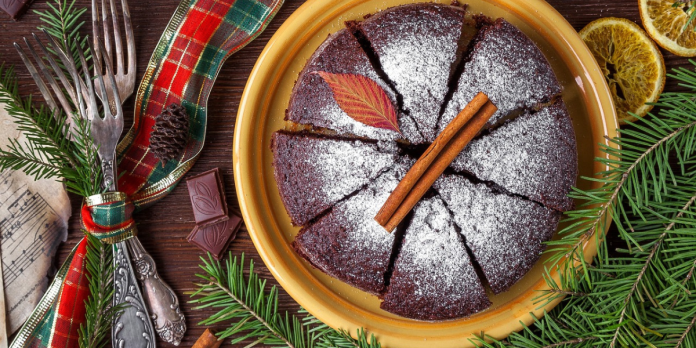Table of Contents
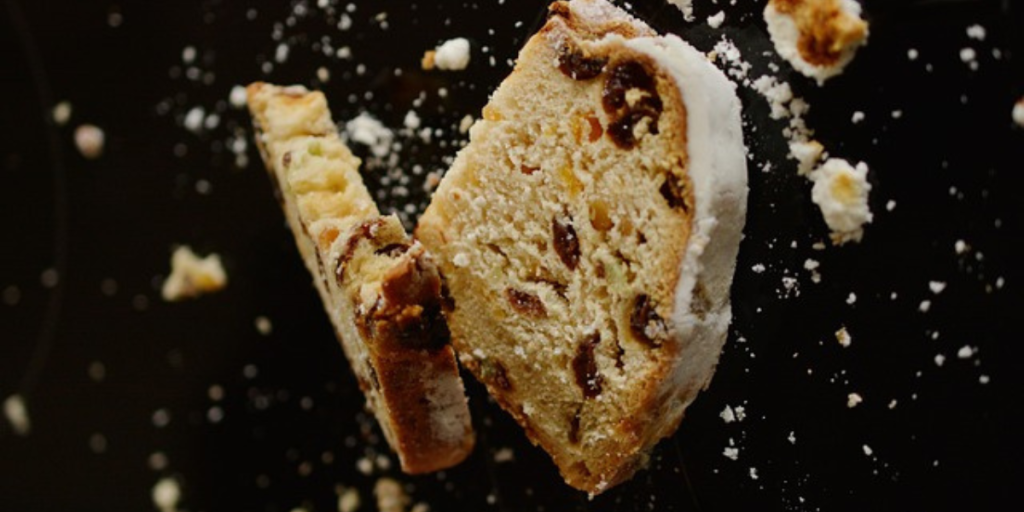
Nothing Bundt cakes hold a special place in the world of desserts. Their unique shape, made possible by the bundt pan, and their rich, moist texture have made them a favorite at gatherings and celebrations. Nothing Bundt Cakes, a popular bakery chain, has taken these classic cakes to new heights with their delicious recipes and signature cream cheese frosting. This guide will help you recreate a cake that captures the essence of Nothing Bundt Cakes, complete with a detailed recipe, variations, history, tips, and more.
The History of Bundt Cakes
Origins of Bundt Cakes
The bundt cake’s story begins in Europe, where a similar cake called Gugelhupf was popular in regions like Germany and Austria. These cakes were traditionally yeast-based and baked in ceramic molds. The distinctive shape of the bundt pan was inspired by these European cakes, which were known for their intricate, fluted designs.
The American Transformation
In the 1950s, H. David Dalquist, the founder of Nordic Ware, designed the bundt pan. His version was lighter and made of aluminum, which distributed heat more evenly. This pan became a household staple after the Tunnel of Fudge Cake won second place in the Pillsbury Bake-Off in 1966, sparking a nationwide bundt cake craze. The bundt pan’s popularity soared, and it became synonymous with American home baking.
Cultural Significance
Bundt cakes have a rich cultural significance, often associated with celebrations and gatherings. They are a staple at holidays, birthdays, and other special occasions. The cake’s unique shape and the variety of flavors it can accommodate make it a versatile dessert, suitable for any event. Over the years, bundt cakes have evolved to include a wide range of flavors and ingredients, reflecting the diverse culinary traditions of the regions where they are made.
Ingredients and Equipment
Essential Ingredients
- Flour: All-purpose flour works well for bundt cakes, providing structure and stability to the cake.
- Sugar: Granulated sugar is a must for sweetness and helps create a tender crumb.
- Butter: Unsalted butter gives a rich flavor and helps with the cake’s texture.
- Eggs: They add moisture and help with the cake’s rise, creating a light and fluffy texture.
- Buttermilk: Adds tanginess and tenderness, making the cake moist and flavorful.
- Vanilla Extract: Enhances the overall flavor of the cake, adding depth and richness.
- Baking Powder and Baking Soda: Essential for leavening, helping the cake rise properly.
- Salt: Balances the sweetness and enhances the flavors.
- Cream Cheese: For the signature frosting, providing a tangy, creamy contrast to the sweet cake.
Optional Add-ins
- Chocolate Chips: For a chocolatey twist, add 1 cup of chocolate chips to the batter.
- Nuts: Add crunch and flavor with 1 cup of chopped nuts, such as pecans or walnuts.
- Fruits: Fresh or dried fruits can add moisture and sweetness. Consider adding 1 cup of fresh blueberries, raspberries, or dried cranberries.
Equipment
- Bundt Pan: The classic pan with a fluted design. Ensure it is well-greased to prevent sticking.
- Mixer: For creaming the butter and sugar, and mixing the batter.
- Spatula: For folding in ingredients and scraping down the sides of the bowl.
- Measuring Cups and Spoons: Precision is key in baking, so use accurate measuring tools.
Preparing the Pan
- Grease the bundt pan thoroughly with butter or non-stick spray. Ensure every nook and cranny is coated to prevent sticking.
- Lightly dust with flour, tapping out any excess. This creates a barrier between the cake and the pan, helping it release cleanly.
Step-by-Step Recipe (Nothing bundt Cake)
Ingredients
- 2 1/2 cups all-purpose flour
- 1 1/2 cups granulated sugar
- 1 cup unsalted butter, softened
- 4 large eggs
- 1 cup buttermilk
- 1 teaspoon vanilla extract
- 1 teaspoon baking powder
- 1/2 teaspoon baking soda
- 1/2 teaspoon salt
Making the Batter
- Preheat the Oven:
- Preheat your oven to 350°F (175°C). This ensures the cake bakes evenly.
- Cream the Butter and Sugar:
- In a large mixing bowl, beat the butter and sugar together until light and fluffy, about 5 minutes. This step incorporates air, making the cake light.
- Add the Eggs:
- Add the eggs one at a time, beating well after each addition. Ensure each egg is fully incorporated before adding the next.
- Combine Dry Ingredients:
- In a separate bowl, sift together the flour, baking powder, baking soda, and salt. Sifting ensures even distribution of leavening agents and prevents lumps.
- Alternate Adding Dry Ingredients and Buttermilk:
- Gradually add the dry ingredients to the butter mixture in three parts, alternating with the buttermilk. Begin and end with the dry ingredients. Mix on low speed until just combined after each addition to avoid overmixing.
- Add Vanilla Extract:
- Stir in the vanilla extract until evenly distributed.
Cakes : What are The 10 most Popular Cakes ?
Baking
- Pour the batter into the prepared bundt pan, smoothing the top with a spatula.
- Tap the pan gently on the counter to release any air bubbles.
- Bake for 50-60 minutes, or until a toothpick inserted into the center comes out clean.
- Allow the cake to cool in the pan for 10 minutes before inverting onto a wire rack to cool completely.
Making the Cream Cheese Frosting (Nothing bundt Cake)
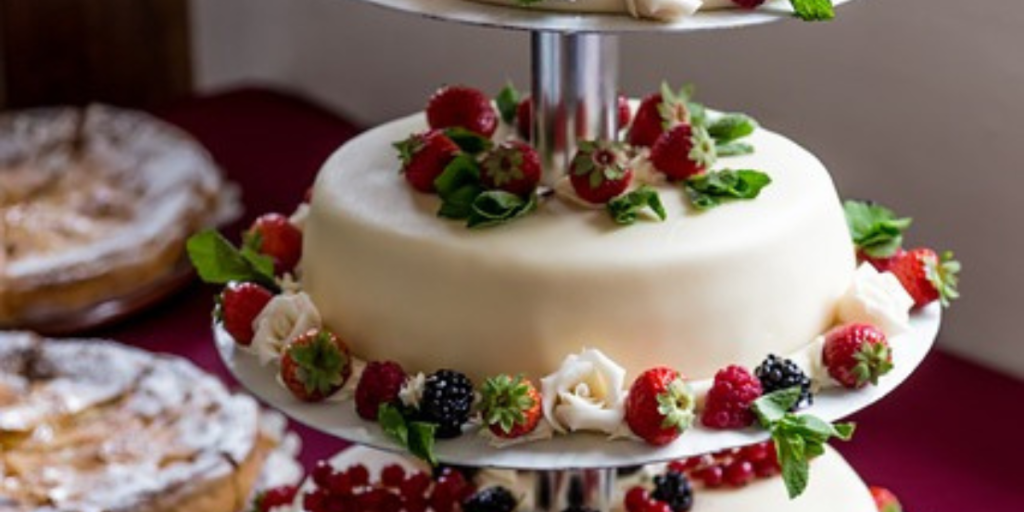
Ingredients:
- 8 oz cream cheese, softened
- 1/2 cup unsalted butter, softened
- 4 cups powdered sugar
- 1 teaspoon vanilla extract
Method:
- In a mixing bowl, beat the cream cheese and butter together until smooth and creamy.
- Gradually add the powdered sugar, one cup at a time, beating until creamy after each addition.
- Mix in the vanilla extract until well combined.
Frosting the Cake
- Once the cake is completely cooled, spoon the frosting into a piping bag fitted with a large round tip.
- Pipe the frosting generously over the top of the cake, allowing it to drip down the sides.
- For a classic look, pipe large, even stripes from the center of the cake to the edges.
Variations and Customizations (Nothing bundt Cake)
Chocolate Nothing Bundt Cake
Ingredients:
- Replace 1/2 cup of flour with 3/4 cup cocoa powder.
- Fold in 1 cup chocolate chips to the batter.
Method:
- Follow the same mixing and baking instructions as the original recipe. The addition of cocoa powder and chocolate chips creates a rich, chocolatey cake perfect for chocolate lovers.
Lemon Bundt Cake
Ingredients:
- Add the zest of two lemons to the butter and sugar mixture.
- Replace the buttermilk with 1 cup of lemon juice.
Method:
- Follow the same mixing and baking instructions as the original recipe. The lemon zest and juice add a bright, tangy flavor that pairs perfectly with the cream cheese frosting.
Red Velvet Bundt Cake
Ingredients:
- Add 2 tablespoons cocoa powder to the dry ingredients.
- Mix 1 oz red food coloring with the buttermilk.
Method:
- Follow the same mixing and baking instructions as the original recipe. The red food coloring gives the cake a striking appearance, while the cocoa powder adds depth to the flavor.
Pumpkin Spice Nothing Bundt Cake
Ingredients:
- Add 1 cup pumpkin puree and 2 teaspoons pumpkin pie spice to the butter and sugar mixture.
Method:
- Follow the same mixing and baking instructions as the original recipe. The pumpkin puree adds moisture and a subtle sweetness, while the pumpkin pie spice adds warmth and complexity.
Cakes : 2024 Best Crafted Celebrations
Funfetti Bundt Cake
Ingredients:
- Add 1 cup rainbow sprinkles to the batter.
Method:
- Follow the same mixing and baking instructions as the original recipe. The rainbow sprinkles add a fun, festive touch, making this cake perfect for birthdays and celebrations.
Tips for Perfect Nothing Bundt Cakes
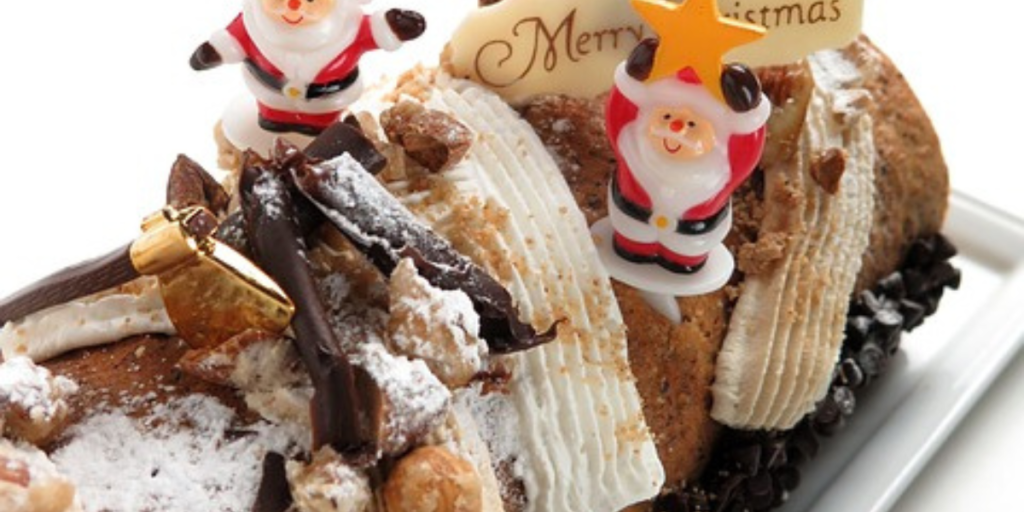
Proper Greasing
- Ensure every nook and cranny of the bundt pan is greased and floured to prevent sticking.
- Use a pastry brush to spread softened butter evenly, then dust with flour and tap out the excess.
Accurate Measurements (Nothing bundt Cake)
- Baking is a science. Use precise measurements for consistent results.
- Spoon flour into measuring cups and level with a knife. Do not pack flour into the cup.
Room Temperature Ingredients
- Allow butter, eggs, and buttermilk to come to room temperature before mixing.
Do Not Overmix
- Overmixing can result in a dense cake. Mix until ingredients are just combined.
Wedding Cakes Best for Dietary Limitations 2024
Perfect Baking
- Check for Doneness: Test the cake for doneness by inserting a toothpick into the center. It should come out clean or with a few moist crumbs, not wet batter.
- Cooling Time: Allow the cake to cool in the pan for about 10 minutes before inverting it onto a wire rack. This helps the cake set and prevents it from breaking apart.
- Final Cool: Ensure the cake is completely cooled before frosting to prevent the frosting from melting.
5.6 Storing and Serving
- Storage: Store unfrosted bundt cakes in an airtight container at room temperature for up to three days. If frosted, refrigerate the cake to maintain the integrity of the frosting.
- Freezing: Bundt cakes freeze well. Wrap the cooled, unfrosted cake in plastic wrap and then in aluminum foil. Freeze for up to three months. Thaw overnight in the refrigerator before serving.
- Serving: For best flavor, serve bundt cakes at room temperature. If refrigerated, let the cake sit at room temperature for about 30 minutes before serving.
Creative Presentation and Serving Ideas (Nothing bundt Cake)
Decorating Techniques
- Classic Drip Frosting: Use a piping bag fitted with a round tip to pipe large, even stripes of frosting from the center of the cake to the edges.
- Glaze Drizzle: Create a simple glaze with powdered sugar and milk, then drizzle it over the cooled cake for a glossy finish.
- Fresh Fruits: Garnish with fresh fruits such as berries, which add a pop of color and freshness.
Festive Variations
- Holiday Themes: Customize bundt cakes for different holidays by incorporating seasonal flavors and decorations, such as peppermint extract and crushed candy canes for Christmas.
- Birthday Cakes: Add sprinkles to the batter and top with a colorful glaze for a fun birthday treat.
Pairing with Beverages
- Coffee and Tea: Serve slices of bundt cake with a cup of coffee or tea for a delightful afternoon treat.
- Dessert Wines: Pair rich, chocolate bundt cakes with a glass of dessert wine for a luxurious end to a meal.
Elegant Plating
- Sliced Presentation: Slice the cake into even pieces and arrange them on a platter, garnished with fresh mint leaves or edible flowers.
- Individual Servings: Bake mini bundt cakes in smaller pans for individual servings. Decorate each mini cake with a swirl of frosting or a dusting of powdered sugar.
Troubleshooting Common Issues (Nothing bundt Cake)
Sticking to the Pan
- Prevention: Thoroughly grease and flour the pan before adding the batter. Ensure no spots are missed.
- Release Techniques: If the cake sticks, run a thin knife around the edges of the pan. Place a hot, damp towel over the pan to help loosen the cake.
Dense Texture
- Avoid Overmixing: Mix the batter just until the ingredients are combined to prevent a dense texture.
- Proper Leavening: Ensure baking powder and baking soda are fresh and properly measured to help the cake rise.
Uneven Baking
- Even Heating: Ensure your oven is properly calibrated. Use an oven thermometer to verify the temperature.
- Rotate the Pan: Rotate the bundt pan halfway through baking to promote even cooking.
Cracking
- Correct Temperature: Bake the cake at the correct temperature. Too high a temperature can cause the cake to rise too quickly and crack.
- Smooth Batter: Smooth the top of the batter with a spatula before baking to ensure even rise and prevent cracking.
Dry Cake
- Moisture Balance: Ensure the correct ratio of wet to dry ingredients. Measure flour accurately and do not overbake.
- Added Moisture: Incorporate ingredients like buttermilk, sour cream, or yogurt to add moisture to the batter.
Advanced Techniques and Recipes (V
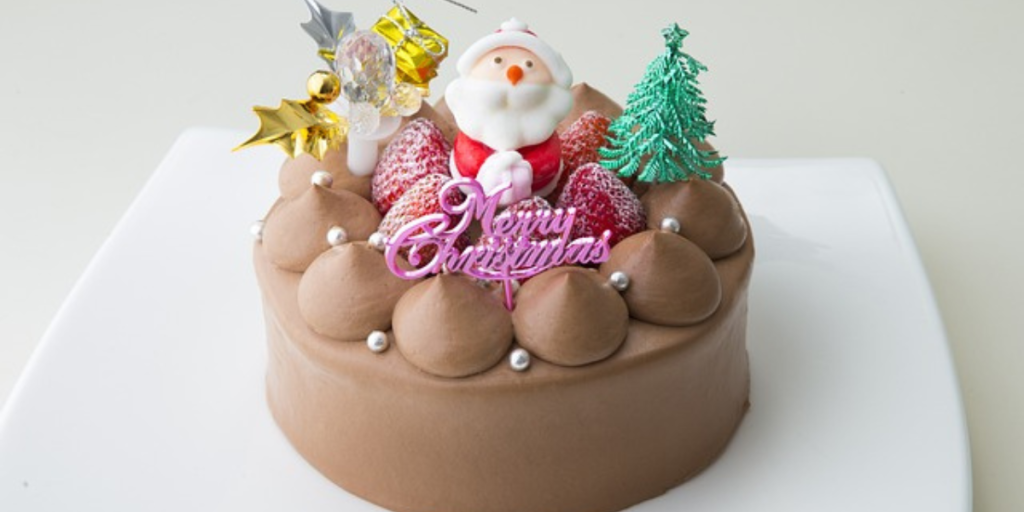
Marbling
- Two Flavors: Create a marbled effect by mixing two different batters, such as vanilla and chocolate. Spoon the batters alternately into the pan and swirl them together with a knife.
- Swirling Technique: Use a knife or skewer to create a swirling pattern, being careful not to overmix.
Filling
- Layered Filling: Pour half of the batter into the pan, add a layer of filling such as cream cheese or fruit preserves, and top with the remaining batter.
- Cream Cheese Filling: Mix softened cream cheese with sugar and an egg, then spoon this mixture into the center of the batter for a surprise filling.
Toppings and Glazes
- Chocolate Ganache: Pour warm chocolate ganache over the cooled cake for a decadent finish.
- Citrus Glaze: Mix powdered sugar with lemon or orange juice to create a tangy glaze.
Unique Flavors
- Chai Spice: Add a blend of chai spices (cinnamon, cardamom, ginger, cloves, and nutmeg) to the batter for a warm, aromatic cake.
- Coconut Lime: Incorporate shredded coconut and lime zest into the batter, and top with a lime glaze.
Healthier Options
- Whole Wheat Flour: Substitute half of the all-purpose flour with whole wheat flour for added fiber and nutrients.
- Reduced Sugar: Use natural sweeteners like honey or maple syrup in place of some of the granulated sugar.
Conclusion
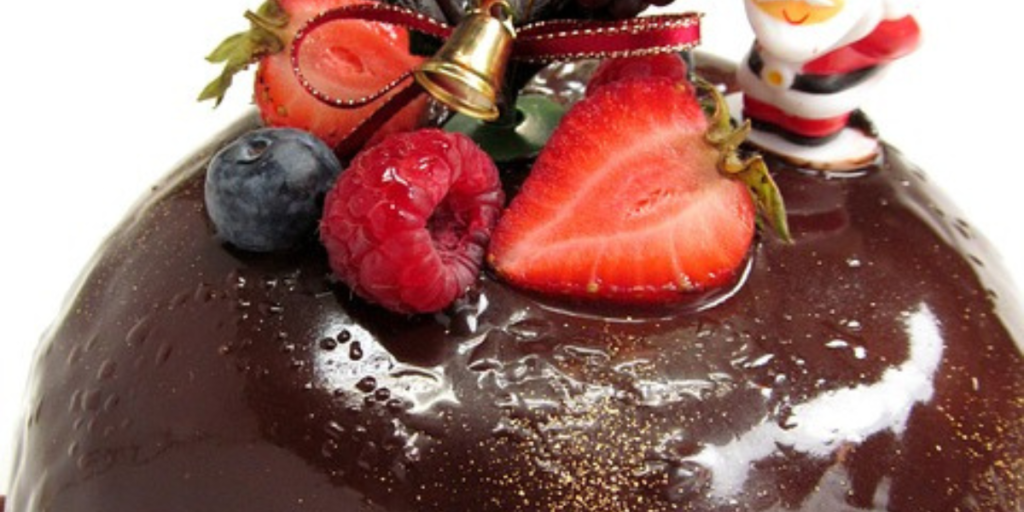
Creating a Nothing Bundt Cakes-inspired cake at home is a rewarding and delicious endeavor. With the detailed recipes, variations, and expert tips provided in this guide, you can confidently bake a cake that rivals those from the popular bakery. Whether you’re celebrating a special occasion or simply indulging in a sweet treat, a bundt cake made with love and care is sure to impress.
Remember to experiment with different flavors and techniques, and most importantly, have fun in the kitchen. Happy baking!
















